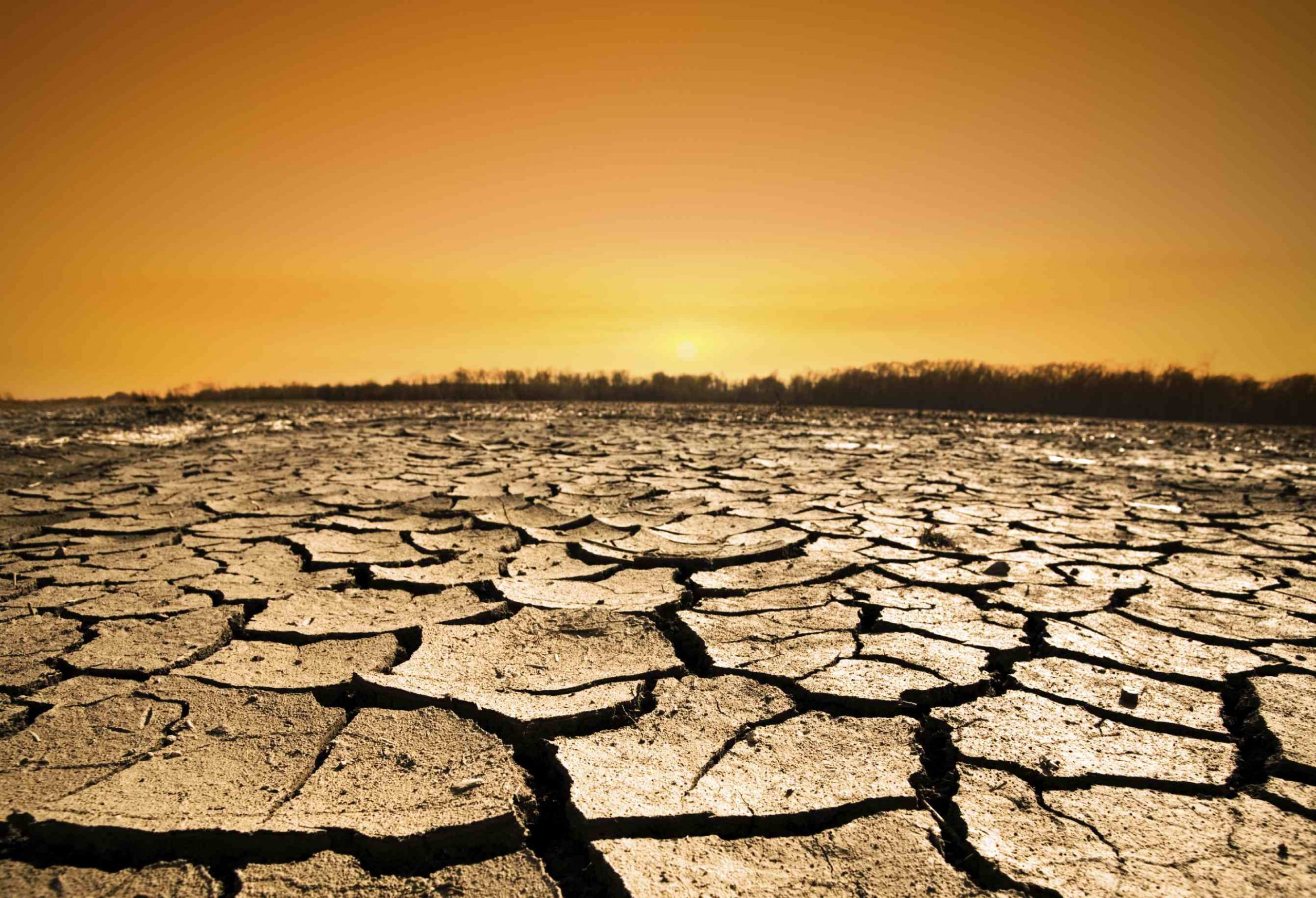Salinity is one of the main threats in agriculture and currently causes annual economic losses of over 10 billion US dollars. The effects of salinity in plants include:
- osmotic stress
- disruption of membrane ion transport
- direct toxicity of cytoplasmic sodium and chloride at high concentrations
- induced oxidative stress
Ion transport is vital in determining salinity tolerance in plants. Some crucial points include specific processes of cation and anion transport across the plasma membranes of root cells, transport through the vacuolar membrane, long distance ion transport via the xylem and phloem, and salt exclusion/accumulation by specialised cells. Transport via membranes is mediated by ion channels and transporters, which ensure selective passage of definite ions. Over 1,000 genes are predicted to encode membrane proteins in model salt-sensitive plant Arabidopsis; over 100 of them are cation channels and transporters.
The molecular and structural diversity of ion channels and transporters is amazing. They differ:
- in the number of transmembrane domains,
- in the selectivity filters to allow highly specific transport of definite ions,
- in the molecular structures for gating (opening and closing) by changing membrane voltage or by certain chemical compounds,
- in regulation by interacting proteins or chemical modifications (e.g. by phosphorylation/dephosphorylation).
Naturally occurring salt-tolerant plants and halophytes provide a unique source of traits for tolerance and genes for membrane proteins and their regulators; they could be transferred to agriculturally important crops to increase their tolerance. Salt-tolerant algae and fungi with ion transporters, channels and pumps potentially unknown for Kingdom Plantae are also of interest. An alternative approach, drawn from synthetic biology, is to modify the existing membrane transport proteins or create new ones with desired properties for transforming agricultural crops. Obtaining a detailed description of distinct ion channels and transporters leading further to involved cellular and whole plant mechanisms is the logical way to understand salinity tolerance. Theoretical and pure scientific approaches involve protein chemistry, structure–function relations of membrane proteins, systems biology and the physiology of stress and ion homeostasis.




